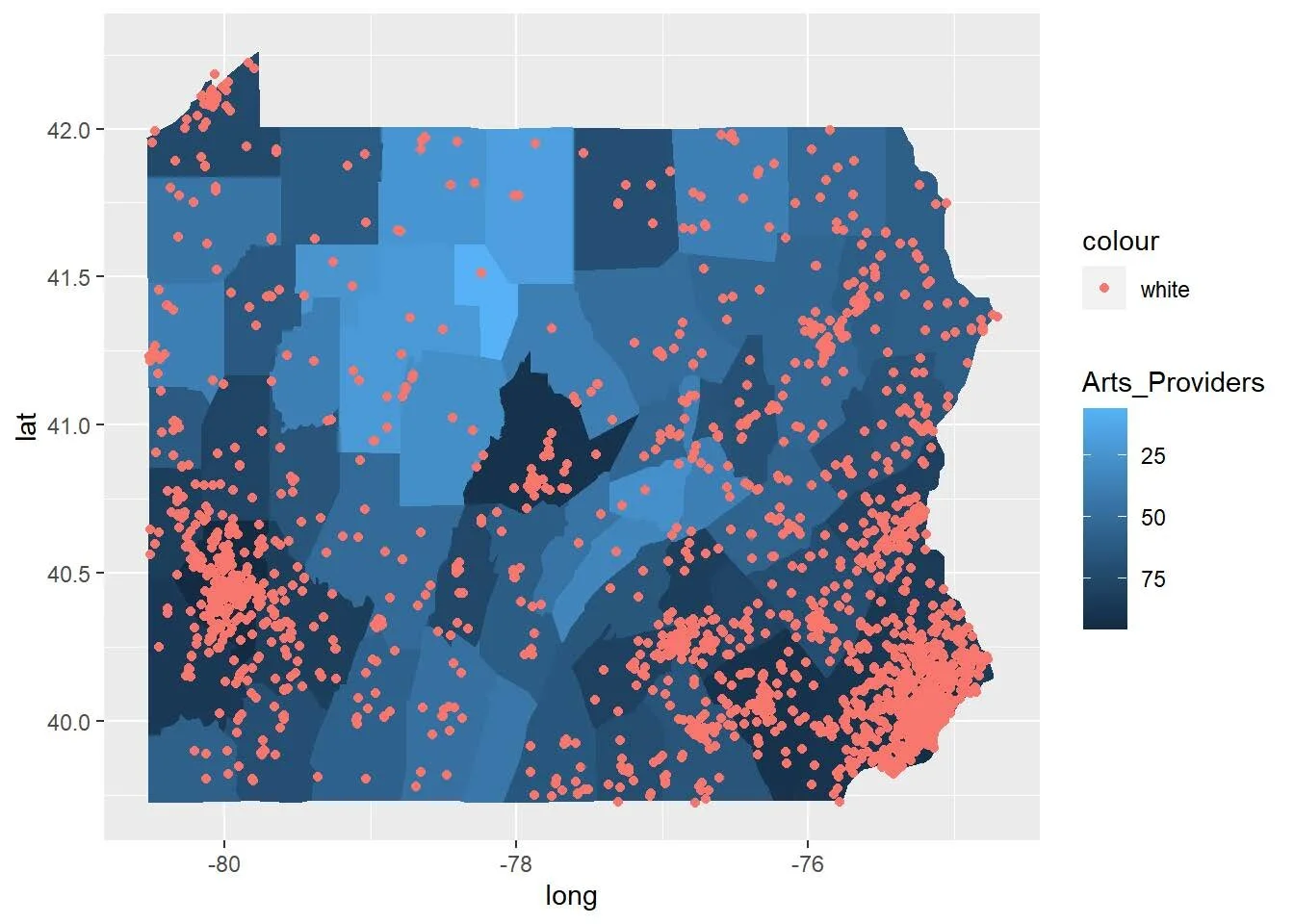Lyndon B. Johnson's "Great Society" established foundational federal support for American arts and culture, notably creating the National Endowment for the Arts (NEA) and the National Endowment for the Humanities (NEH). However, recent executive orders have significantly impacted these and related cultural agencies, leading to staff reductions, grant terminations, and legal challenges. This ongoing situation underscores a critical tension between current administrative priorities and the enduring legacy of federal commitment to the arts and humanities.
What the Arts Need to Know about Big Tech
Upon broaching the subject of Big Tech, the consideration of arts organizations is often forgotten, and the focus is solely placed on Silicon Valley and the lucrative world within. But with the increased attention into the world of Big Tech (specifically Apple, Amazon, Alphabet [Google], and Meta [Facebook]) as a result of continual antitrust lawsuits, privacy violations, and the global struggle in creating effective policies to limit these companies’ powers, it is becoming more evident that the activities of Big Tech span across a variety of industries, the arts and nonprofit sector included. This article will provide an overview of the Big Tech monopoly over data and privacy through its cross-market domination and explain its effects on the nonprofit world.
Part 2: Digital Access and Arts Vibrancy
Access to the arts is not even across the United States. The ways that people living in rural areas access artistic content differs from how people participate in urban centers. Additionally, as the sector is beginning to grapple with, access to the arts varies across racial and ethnic groups. Comparing county-level arts vibrancy data is one way to detect these patterns. While the number of dollars put into the arts in the form of compensation and expenses seems to be the best predictor of overall arts vibrancy, implementing municipal WiFi appears to be an opportunity for growth since analysis indicates that it can increase arts vibrancy.









